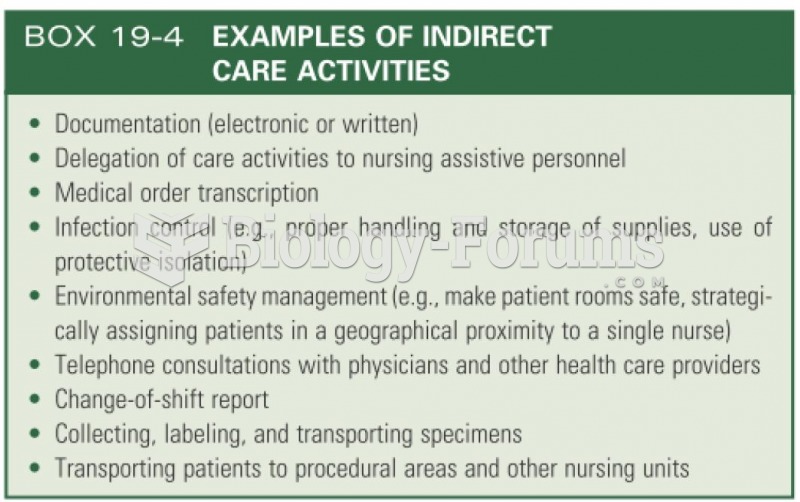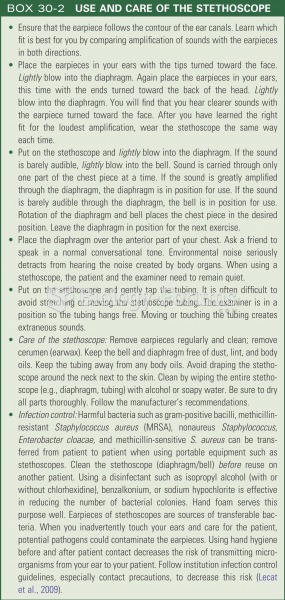Answer to Question 1
Correct Answer: 1
Rationale 1: Stimulation of the reticular formation causes heightened alertness and arousal of the brain as a whole. Inhibition causes general drowsiness and the induction of sleep. The RAS is responsible for sleeping and wakefulness, and it performs an alerting function for the cerebral cortex.
Rationale 2: Movement needed for bathing would increase stimulation.
Rationale 3: Allowing visitors would increase stimulation.
Rationale 4: Turning on the TV would increase stimulation.
Global Rationale: Stimulation of the reticular formation causes heightened alertness and arousal of the brain as a whole. Inhibition causes general drowsiness and the induction of sleep. The RAS is responsible for sleeping and wakefulness, and it performs an alerting function for the cerebral cortex. Movement needed for bathing would increase stimulation. Allowing visitors would increase stimulation. Turning on the TV would increase stimulation.
Answer to Question 2
Correct Answer: 2
Rationale 1: Blurred vision and dry mouth are common side affects of anticholinergic drugs.
Rationale 2: High amounts of glutamate can cause death of neurons, and can be the mechanism responsible for certain types of neurotoxicity.
Rationale 3: Ataxia can be a side affect of medications affecting areas of the brain that regulate coordinated movement.
Rationale 4: Tremors are occasionally a side effect of antiseizure medications.
Global Rationale: High amounts of glutamate can cause death of neurons, and can be the mechanism responsible for certain types of neurotoxicity. Blurred vision and dry mouth are common side affects of anticholinergic drugs. Ataxia can be a side affect of medications affecting areas of the brain that regulate coordinated movement. Tremors are occasionally a side effect of antiseizure medications.







